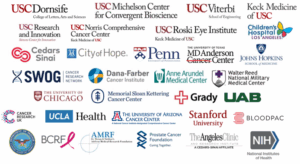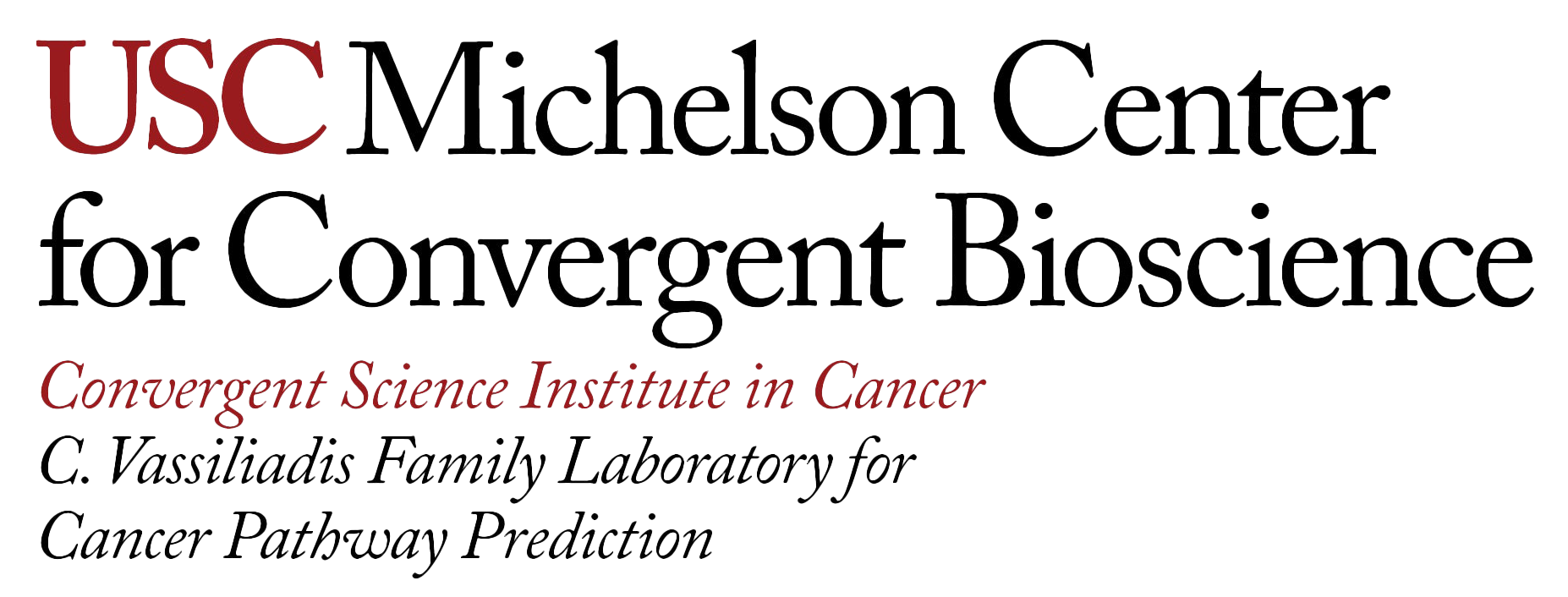Our Organizing Framework
The vision of USC Michelson Center CSI-Cancer is guided by enhancing the quality of care for cancer patients by solving wicked problems in cancer through convergent science. The cancer patient is always the point of convergence and provides the focus for researchers across disciplines participating in research projects at CSI-Cancer. The major categories of research are i) early cancer detection with the liquid biopsy, ii) early detection of recurrence of cancer, iii) companion diagnostics for next generation cell-based therapeutics, iv) digital health technologies to support the care journey of patients. Towards this vision, CSI-Cancer aims to integrate patient, model system, and high-content single cell data to translate clinically observed correlations into a mechanistic understanding of the physical and biological underpinnings of cancer dynamics. The organizing framework of the physical dynamics of cancer at the lab will focus on the spatial distributions and temporal evolution of the disease at the cellular, human, and population scale.
Collaborations

CSI-Cancer has built and will continue to build a larger collaborative network to disseminate its capabilities and to collaborate on evolving physical sciences concepts that could address specific challenges as part of the organizing framework within the institute and the scientific community at large. Solving the problems associated with the currently imperfect performance of our therapeutic interventions and making real improvements in patient outcomes requires the understanding of the disease as a dynamical system undergoing constant transitions in both time and space and using tools from biology, physics, mathematics, and computer science.
The collaborative network shows the various disciplines and specialties working with us.
Join the team
For prospective graduate students, we are affiliated with Dornsife CLAS, Keck School of Medicine, and Viterbi School of Engineering. Please apply to the following Ph.D. programs below.
For postdoctoral fellows and other inquiries, email: kuhn42@usc.edu
For current USC undergraduates, apply to the CURE program.
Summer research opportunities at CSI-Cancer are also available to all college and high school students through the BUGS program.

